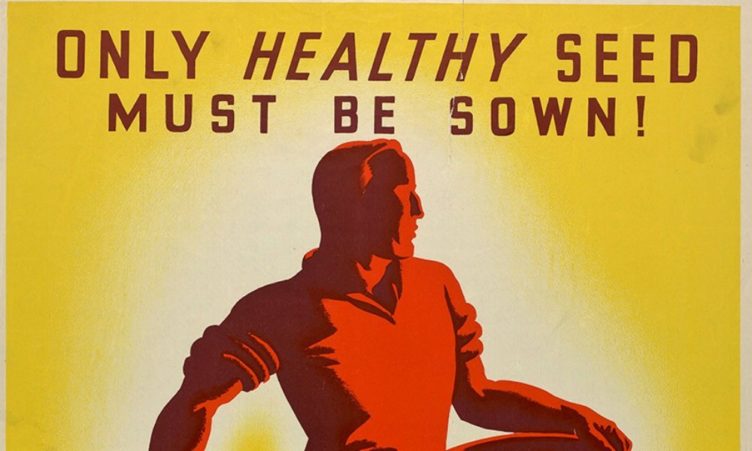In a recent decision on the abortion law of two US states, Supreme Court Justice, Clarence Thomas, wrote an opinion of his own that drew attention to the embrace of eugenics by some of the founders of the modern ‘reproductive health’ movement. As he says: “From the beginning, birth control and abortion were promoted as means to effectuating eugenics.”
Eugenics is the attempt to ‘improve’ the human race through ensuring that only the ‘fit’ are born. This can be achieved through birth control and sterilisation, which prevents the conception of ‘defective’ individuals, or through abortion, which eliminates them.
In the past, the State often enforced eugenics through practices like compulsory sterilisation. Today, we do it voluntarily in the name of ‘choice’ through prenatal testing and the wholesale aborting of babies with genetic or chromosomal abnormalities.
In his opinion, Justice Thomas mentions two prominent early supporters of ‘reproductive health’ who also supported eugenics: Margaret Sanger and Alan Guttmacher. Sanger was the founder and first president of Planned Parenthood, while Guttmacher was its second president and also the vice-president of the American Eugenics Society.
As Justice Thomas points out, Sanger “emphasized and embraced the notion that birth control ‘opens the way to the eugenist.’” She said that as a means of reducing the “ever increasing, unceasingly spawning class of human beings who never should have been born at all, … birth control . . . is really the greatest and most truly eugenic method of ‘human generation.’ In her view, birth control had been “accepted by the most clear thinking and far seeing of the Eugenists themselves as the most constructive and necessary of the means to racial health”.
Justice Thomas says that even if Sanger was not promoting abortion in these statements, her “arguments about the eugenic value of birth control in securing ‘the elimination of the unfit’ apply with even greater force to abortion, making it significantly more effective as a tool of eugenics.”
Alan Guttmacher endorsed the use of abortion for eugenic reasons. In 1959, he wrote that “the quality of the parents must be taken into account” and, also, “it should be permissible to abort any pregnancy … in which there is a strong probability of an abnormal or malformed infant”.
Justice Thomas, who is African-American, highlights the racial element that emerges when abortion statistics are taken into consideration: “The reported nationwide abortion ratio – the number of abortions per 1,000 live births – among black women is nearly 3.5 times the ratio for white women. … There are areas of New York City in which black children are more likely to be aborted than they are to be born alive – and are up to eight times more likely to be aborted than white children in the same area”.
The Indiana Sex-Selective and Disability Abortion Ban, which the Court was asked to consider, was produced against this background, in order to put some limits to what is effectively eugenics. The Supreme Court declined to consider the law, which had been struck down by the lower courts.
Justice Thomas notes that the Supreme Court rejection of a judicial review leaves the constitutionality of similar anti-discrimination laws an open question. (The court did uphold the part of the Indiana law requiring respectful disposal of foetal remains).
“Enshrining a constitutional right to an abortion based solely on the race, sex, or disability of an unborn child, as Planned Parenthood advocates”, said Justice Thomas, “would constitutionalize the views of the 20th-century eugenic movement”. He concludes, “Although the Court declines to wade into these issues today, we cannot avoid them forever. Having created the constitutional right to an abortion, this Court is dutybound to address its scope.”

















